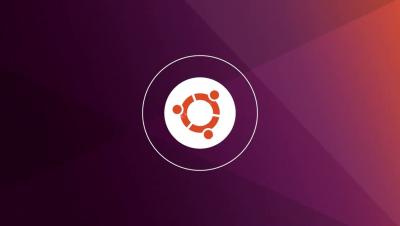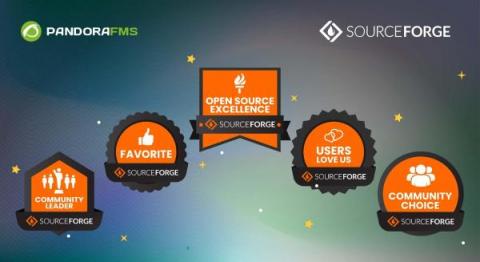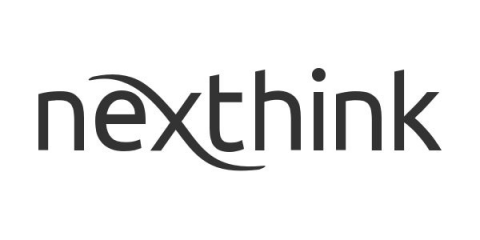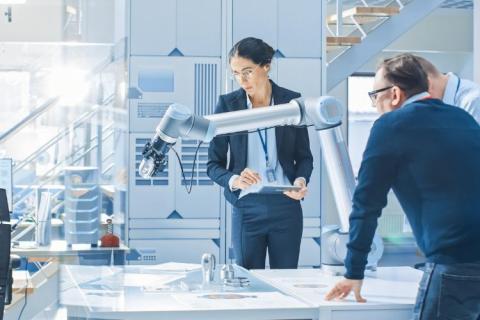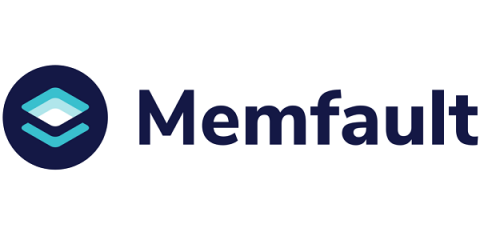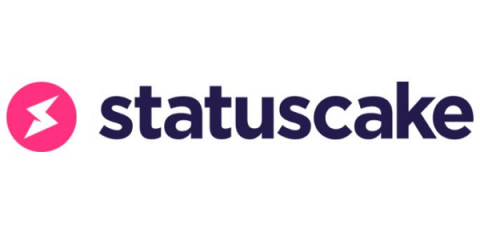Operations | Monitoring | ITSM | DevOps | Cloud
Technology
The latest News and Information on APIs, Mobile, AI, Machine Learning, IoT, Open Source and more!
Pop the pain away - with Aiven (20 sec)
Most-Loved Open Source Tools: Free solutions recommended by IT Pros
The best free and open-source software are tools that users simply cannot live without — they make everyday tasks on Windows, Mac, and Linux easy without any of the associated costs or licensing fees that come with pay-to-play solutions. For some quick background, open-source software took off during the earlier days of IT in the late 1990s and has changed the world ever since.
Pandora FMS wins the Open Source Excellence 2022 award along with four other SourceForge awards
We love uploading this kind of post to our blog. Articles in which we boast about our work and where all the effort of our team throughout the year comes to light. Because yes, we are rewarded once more, Pandora FMS is proclaimed winner in several categories in the SourceForge Awards. No more and no less than four awards, including the Open Source Excellence 2022 award, possibly one of the most desired and disputed in the industry in this specific sector.
Automation Anxiety: What Role Do Humans Play in an AI-Driven Future Workplace?
What tasks can machines do for us? That’s what business leaders were pondering back when automation and AI were still new, cutting-edge technologies. Now the question has changed. What tasks can’t they do? We used to think of automation as a useful method to avoid doing the repetitive, menial tasks that require so little of our brain power and take up so much of our days.
Machine learning improves human speech recognition
Hearing loss is a rapidly growing area of scientific research as the number of baby boomers dealing with hearing loss continues to increase as they age. To understand how hearing loss impacts people, researchers study people’s ability to recognize speech. It is more difficult for people to recognize human speech if there is reverberation, some hearing impairment, or significant background noise, such as traffic noise or multiple speakers.
Intelligent Machine Monitoring
Artificial Intelligence (AI, also called Machine Learning) is certainly making its way in the world. Technologies such as Voice Recognition, Face Recognition, Predictive Analytics, Self-driving cars, and Robotics are now becoming embedded into our society. With the advent of big-data, these technologies can become more and more powerful and more and more a part of our everyday lives. I'm sure that there is much controversy over this. I'm sure that many people consider it invasive.
The BigPanda ScaleUp Journey: Human/AI Collaboration, Predictive Accuracy, and Scale Power in AIOps
At the beginning of the COVID-19 pandemic, we anticipated a slow-down in IT-related spending. In reality, the opposite occurred. Companies massively expanded their digital offerings using the same IT staff they’d had pre-pandemic, even as the teams lost access to many of their existing tools while working from home. This acceleration put immense pressure on IT teams everywhere, resulting in messy incident management, outages, and a huge shortage of talent.
C Structure Padding Initialization
This article takes a look at a few different aspects of C structure initialization. In particular, we’ll look at when it matters, the current state of things in Clang and GCC, recommendations, and the ✨ future ✨. Time to dive into this very niche, but occasionally hazardous corner of the C language!
Mobile optimisation: Is your website still struggling?
If you’re a website owner, manager, or developer, you know to always check your website’s performance and design on both desktop vs mobile, especially since Google’s big drive for mobile-first. Google has even centred their 2021 Core Web Vitals around making sure that your website is efficient on mobile.


